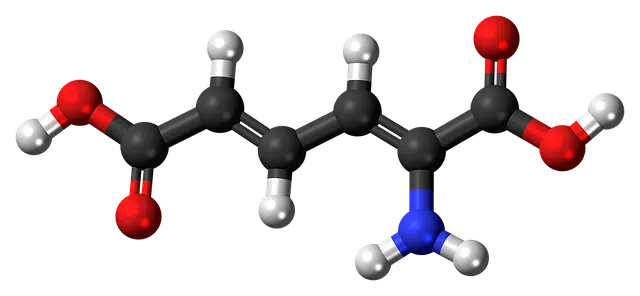
Metabolism is the set of chemical reactions developed by cells when degrading or synthesizing a substance.
Metabolism is the set of chemical reactions that cells develop when they are responsible for the degradation or synthesis of different substances. These are multiple procedures that enable the growth, subsistence and reproduction of each cell.
Metabolism includes two moments: catabolism and anabolism . In the framework of catabolism, energy is released, while in anabolism, this energy is used to carry out various actions. Both metabolic processes, therefore, are complementary.
With catabolism, for example, food molecules are degraded and oxidized. The energy released is then used in anabolism for the synthesis of complex molecules.
Metabolism development
Metabolism is carried out through the so-called metabolic pathways , which are sequences of chemical reactions that allow an initial substrate to be converted into a final product thanks to the intervention of different enzymes . These routes aim to save resources.
It is important to highlight that the body, through metabolism, distinguishes between nutritious substances and those that are toxic. Nutrients are used as energy , while toxic ones are discarded.
The synthesis of biomolecules such as lipids , carbohydrates and amino acids is one of the essential functions of metabolism. Many of these biomolecules, on the other hand, interact to develop macromolecules such as proteins and DNA (deoxyribonucleic acid).

There are foods that help speed up the metabolism.
Regulation of reactions
Faced with constant changes in the environment, the body is responsible for regulating metabolic reactions to maintain homeostasis , which is the set of cellular conditions that enable interaction with the environment and response to stimuli.
Every organism is constantly exposed to elements and chemical compounds that it cannot use for food and if it accumulated them in its cells they would be harmful because they would not fulfill a metabolic function. The name they all receive as a group is xenobiotics , where we can find natural poisons, antibiotics and synthetic drugs, whose detoxification is carried out by several xenobiotic metabolizing enzymes.
Metabolism and xenobiotic enzymes
In our species, the xenobiotic enzymes in question include UDP-glucoronyltransferases, glutathione-s-transferases, and cytochrome P450 oxidases. The action of this enzyme system takes place in three phases. It all begins with the oxidation of xenobiotics, continues with the conjugation of water-soluble groups, and ends with excretion. Before the end of this last stage it is possible that the modified xenobiotic is extracted from the cell through exocytosis; In the case of multicellular organisms, it can also go through another metabolization process.
These reactions are very relevant in the field of ecology given the microbial biodegradation (also known as biodegradability ) of polluting agents and the bioremediation of contaminated soil, that is, a process that returns it to its natural state.
The role of the liver
The purification of drugs by the liver is a very common case of xenobiotic metabolism. It all begins when the product reaches the body, either orally or parenterally, passing through the intestine or traveling through the blood, respectively.
When it reaches the liver, it goes through two phases of metabolism, mentioned above, after which it becomes oxidized and conjugated , before going to the bile or blood, and being excreted through feces, urine, and respiration. or other fluids.
basal metabolism
The minimum value of energy that a cell needs to survive is known as basal metabolism . The cell uses this energy for chemical reactions related to fundamental metabolic functions, such as respiration.
There are various factors that influence basal metabolism: age, weight and sex are some of them.
